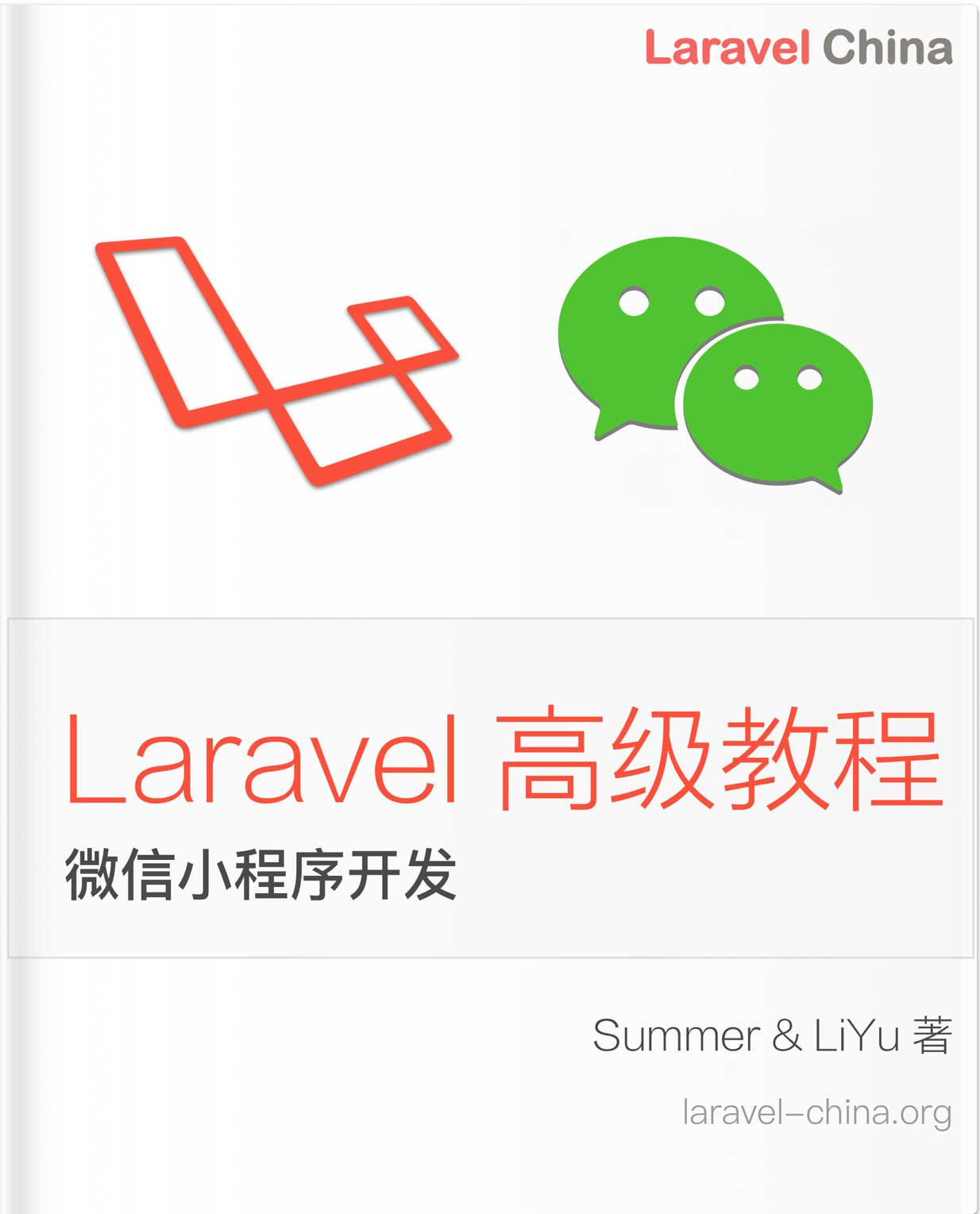表单验证
文档尚未来得及翻译,欢迎以改进的方式提交译文。
Validation
Introduction
Administrator uses Laravel's validation to validate your models. You can either provide a rules option in your configuration files:
'rules' => array(
'name' => 'required',
'age' => 'required|integer|min:18',
)Or for model pages, you can provide a static $rules property in your Eloquent models like this:
class Movie extends Eloquent {
/**
* Validation rules
*/
public static $rules = array(
'name' => 'required',
'age' => 'required|integer|min:18',
);
}Now if an admin user tries to save a Movie without an age or an age below 18, Administrator will notify the user of the error and disallow the save from occurring.
Custom Messages
There's a good chance that you'll need to use custom validation messages for each model that you're presenting to your users. In order to do this, you can provide a messages option in your configuration files:
'messages' => array(
'name.required' => 'The name field is required',
'age.min' => 'The minimum age is 18 years old',
)Or for model pages, you can provide a static $messages property in your Eloquent models like this:
class Movie extends Eloquent {
/**
* Validation rules
*/
public static $messages = array(
'name.required' => 'The name field is required',
'age.min' => 'The minimum age is 18 years old',
);
}Using Aware
If you're already using Aware, then you don't really have to do anything! Aware allows you to define a static $rules property on your Eloquent models, which works exactly like it does in Administrator.

 Administrator 开发文档
Administrator 开发文档



 关于 LearnKu
关于 LearnKu




推荐文章: